Why adding a single international ETF might be the easiest way to protect your portfolio from home bias
| ETF Name |
Symbol |
Dividend Yield |
Expense Ratio |
Assets Under Management |
| Vanguard FTSE Developed Markets ETF |
VEA |
2.81% |
0.03% |
$224.75B |
| iShares Core MSCI EAFE ETF |
IEFA |
2.89% |
0.07% |
$140.95B |
| Schwab International Equity ETF |
SCHF |
2.93% |
0.06% |
$48.12B |
Top International ETFs to Hedge Against U.S. Market Concentration in 2025
Most portfolios are heavily tilted toward U.S. stocks, but that’s not always where global growth happens. Overexposure to a single country—especially one with towering tech valuations—can leave you vulnerable when the tide turns. Diversifying internationally isn’t just about chasing returns abroad; it’s a strategy to protect what you’ve already built. A solid international large-cap ETF offers exposure to stable, developed markets, reducing risk while keeping things simple.
In this guide, we’ll cut through the noise and help you choose one ETF that gives you true global reach without overcomplicating your portfolio. If you're looking for low-cost, no-fuss diversification beyond U.S. borders, you're in the right place. Let’s make international investing easy.
Top Traits of the Best International Large Cap ETFs for 2025
When evaluating international large-cap ETFs, the first thing to check is the expense ratio. A low-cost fund like Vanguard FTSE Developed Markets ETF VEA keeps more of your returns working for you. With an expense ratio of just 0.05%, it’s a favorite among long-term investors who want global exposure without the drag of high fees. But cost alone isn’t enough. The best ETFs also offer broad coverage of developed markets—think Europe, Japan, and Australia—without overconcentration in any single region.
You want a fund that trades easily and mirrors its benchmark closely. iShares Core MSCI EAFE ETF IEFA is a strong contender here, offering tight bid-ask spreads and solid volume. It tracks the MSCI EAFE Index, which excludes U.S. and Canadian stocks, giving you clean international exposure.
For a deeper dive into ETF selection, check out the Animal Spirits Podcast. In their episode “The Case for International Stocks in 2025,” they discuss why global diversification is back in focus. “You don’t need to overthink it—just own the world,” says co-host Michael Batnick at 12:47 ⏱️. The episode also highlights how international valuations are historically attractive right now.
Another great listen is the Bogleheads on Investing podcast. Their episode “Global Indexing Made Simple” breaks down how a single ETF can cover thousands of companies across continents. At 18:22 ⏱️, guest Rick Ferri notes, “The fewer moving parts, the better. One global fund can do the job of ten.” This simplicity is what makes international large-cap ETFs so appealing.
Sources:
Why Vanguard’s VEA May Be the Only International ETF You’ll Ever Need
The Vanguard FTSE Developed Markets ETF VEA is a global workhorse. It tracks the FTSE Developed All Cap ex U.S. Index, giving you exposure to nearly 4,000 stocks across Europe, the Pacific, and Canada. That includes household names like Nestlé, Toyota, and ASML—companies with global footprints and resilient earnings.
With a razor-thin expense ratio of 0.03%, VEA is one of the most cost-effective ways to diversify beyond U.S. borders. It’s also massive, with over $150 billion in assets, which means strong liquidity and tight spreads for everyday investors. Sector-wise, VEA leans into financials, industrials, and healthcare, with a healthy dose of consumer and tech exposure.
For a deeper look at why VEA fits the “set it and forget it” mold, tune into the BiggerPockets Money Podcast. In their episode “Lazy Portfolios That Actually Work,” co-host Mindy Jensen highlights VEA at 22:10 ⏱️: “It’s the kind of fund you buy once and don’t have to babysit.” The episode also explores how international ETFs can smooth out U.S. market volatility.
Another great listen is the Rational Reminder Podcast. Their episode “Global Diversification Without the Headache” features Ben Felix explaining at 14:35 ⏱️: “VEA gives you the developed world in one clean package. No overlap, no guesswork.” That’s the appeal—VEA is simple, broad, and built for the long haul.
Sources:
Two Strong Alternatives to VEA for International Exposure in 2025
If Vanguard’s VEA doesn’t quite fit your strategy, two other contenders deserve a close look: iShares Core MSCI EAFE ETF IEFA and Schwab International Equity ETF SCHF. Both offer broad exposure to developed markets outside the U.S. and Canada, but with subtle differences that might better align with your goals.
IEFA tracks the MSCI EAFE IMI Index, which includes small-, mid-, and large-cap stocks across Europe, Australasia, and the Far East. It comes with a low 0.07% expense ratio. SCHF, on the other hand, tracks the FTSE Developed ex US Index and charges just 0.06%. It’s a bit more streamlined, focusing on large- and mid-cap companies.
To hear how these ETFs stack up in real-world portfolios, check out the ChooseFI Podcast. In their episode “Building a Global Portfolio That Lasts,” Brad Barrett explains at 16:42 ⏱️: “IEFA gives you the full spectrum of developed markets, including small caps, which can boost long-term returns.” The episode also explores how these ETFs complement U.S.-centric holdings.
Another great resource is the Money Guy Show. In “ETF Investing for Global Growth,” Brian Preston highlights SCHF at 11:58 ⏱️: “It’s low-cost, tax-efficient, and plays well with a U.S. core.” The takeaway? Both funds are solid, and the right choice depends on how much complexity you’re willing to manage.
Sources
How to Fit an International ETF into a U.S.-Heavy Portfolio
Most U.S. investors are overexposed to domestic stocks, often holding 80–90% in U.S. equities. A more globally balanced approach might allocate 10–40% to international large-cap ETFs, depending on your risk tolerance and time horizon. For many, 20–30% hits the sweet spot: enough to diversify without overcomplicating things.
International ETFs like Vanguard’s VEA or Schwab’s SCHF complement U.S.-centric portfolios by reducing correlation. When U.S. markets stumble, international markets—especially in Europe and Asia—may hold steadier or even outperform. This diversification can smooth out returns over time and reduce portfolio volatility.
For tax efficiency, consider holding international ETFs in tax-advantaged accounts like IRAs or 401(k)s. This helps you avoid foreign dividend withholding taxes, which can eat into returns. If you do hold them in a taxable account, look for ETFs that qualify for the foreign tax credit.
The Bogleheads Live Podcast episode “Tax-Efficient Fund Placement” breaks this down at 19:03 ⏱️: “International funds can be tax-smart if you know where to park them.” Another great listen is the White Coat Investor Podcast, where in “Asset Location for Maximum Return,” Dr. Dahle notes at 13:47 ⏱️: “Tax location matters more than most investors realize—especially with international dividends.”
Sources:
Final Thoughts
When it comes to building a resilient portfolio, simplicity often wins—and a strong international large-cap ETF can quietly do a lot of heavy lifting. Whether you lean toward Vanguard’s VEA or explore solid alternatives like IEFA or SCHF, each offers a low-cost, hassle-free way to reduce your home-country bias and gain exposure to well-established global markets. You don’t need to micromanage or chase performance. Just choose one that fits your goals, place it in the right account, and let the rest take care of itself. In a world that’s more interconnected than ever, having a stake beyond U.S. borders isn’t just smart—it’s common sense. Global diversification made easy, just how it should be.
Podcast Transcripts 🎧
1. Animal Spirits Podcast – “The Case for International Stocks in 2025”
Hosts: Michael Batnick and Ben Carlson
Summary: This episode explores the renewed interest in international equities, citing valuation gaps and diversification benefits. Michael Batnick notes at 12:47 ⏱️, “You don’t need to overthink it—just own the world.”
Transcript for show notes and summaries.
2. Bogleheads on Investing – “Global Indexing Made Simple”
Host: Rick Ferri
Summary: Rick Ferri discusses how a single global ETF can offer exposure to thousands of companies. At 18:22 ⏱️, he says, “The fewer moving parts, the better. One global fund can do the job of ten.”
Transcript can be found on the Bogle Center podcast page.
3. BiggerPockets Money Podcast – “Lazy Portfolios That Actually Work”
Hosts: Mindy Jensen and Scott Trench
Summary: This episode highlights simple, diversified portfolios. At 22:10 ⏱️, Mindy Jensen says, “It’s the kind of fund you buy once and don’t have to babysit.”
Transcript Available on the BiggerPockets transcript directory.
4. Rational Reminder Podcast – “Global Diversification Without the Headache”
Hosts: Ben Felix and Cameron Passmore
Summary: The episode emphasizes the efficiency of global ETFs. At 14:35 ⏱️, Ben Felix states, “VEA gives you the developed world in one clean package. No overlap, no guesswork.”
Transcript Available on the Rational Reminder website.
5. ChooseFI Podcast – “Building a Global Portfolio That Lasts”
Hosts: Brad Barrett and Jonathan Mendonsa
Summary: Brad Barrett discusses IEFA at 16:42 ⏱️: “IEFA gives you the full spectrum of developed markets, including small caps, which can boost long-term returns.”
Transcript Available on Musixmatch.
6. Money Guy Show – “ETF Investing for Global Growth”
Hosts: Brian Preston and Bo Hanson
Summary: Brian Preston highlights SCHF at 11:58 ⏱️: “It’s low-cost, tax-efficient, and plays well with a U.S. core.”
Transcript Available on the Money Guy Show website.
7. Bogleheads Live Podcast – “Tax-Efficient Fund Placement”
Host: Jon Luskin
Summary: This episode explains how to optimize fund placement for tax efficiency. At 19:03 ⏱️, the host notes, “International funds can be tax-smart if you know where to park them.”
Transcript Available on Bogleheads.org.
8. White Coat Investor Podcast – “Asset Location for Maximum Return”
Host: Dr. Jim Dahle
Summary: Dr. Dahle emphasizes tax-smart investing. At 13:47 ⏱️, he says, “Tax location matters more than most investors realize—especially with international dividends.”
Transcript Available on the White Coat Investor website.
📌Read More About:
Top Large Cap Stocks- https://stockbossup.com/pages/topics/large-cap
What Are Large US Cap Stocks?- https://stockbossup.com/pages/post/39168/what-are-large-cap-stocks-a-complete-guide-to-big-companies-in-the-u-s-market
Top Companies by Market Cap in 2025: Who’s Leading and Why It Matters- https://stockbossup.com/pages/post/39259/top-companies-by-market-cap-in-2025-who-s-leading-and-why-it-matters
International Large Cap Stocks: How to Invest Globally- https://stockbossup.com/pages/post/39262/international-large-cap-stocks-how-to-invest-globally
Are Large Cap ETFs a Good Investment?- https://stockbossup.com/pages/post/38749/are-large-cap-et-fs-a-good-investment
What is the Best Large Cap Value ETF?- https://stockbossup.com/pages/post/38636/what-is-the-best-large-cap-value-etf
Best Large-Cap International ETFs for Global Diversification in 2025- https://stockbossup.com/pages/post/39263/best-large-cap-international-et-fs-for-global-diversification-in-2025


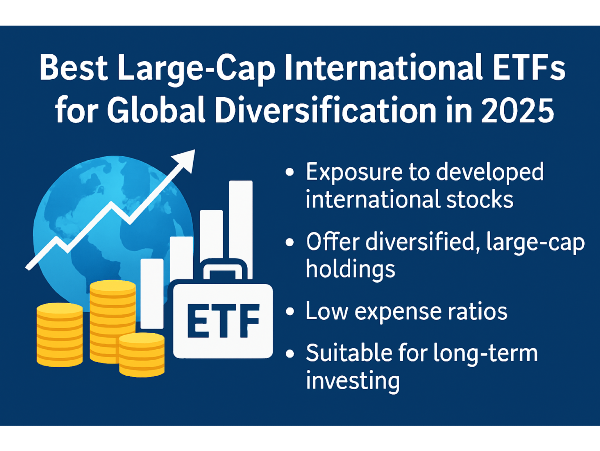

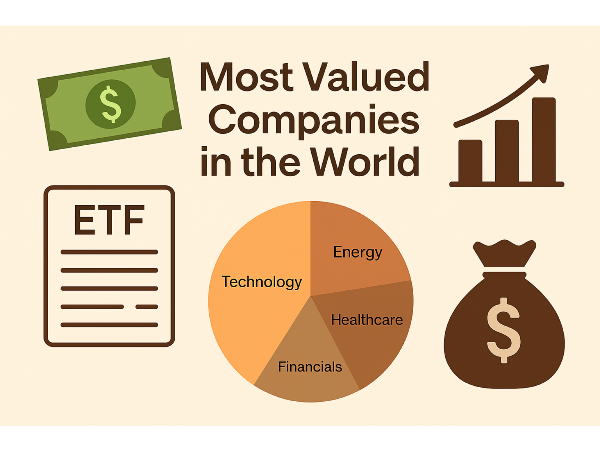
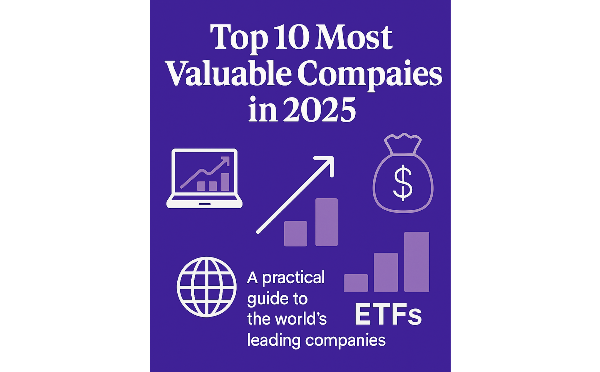

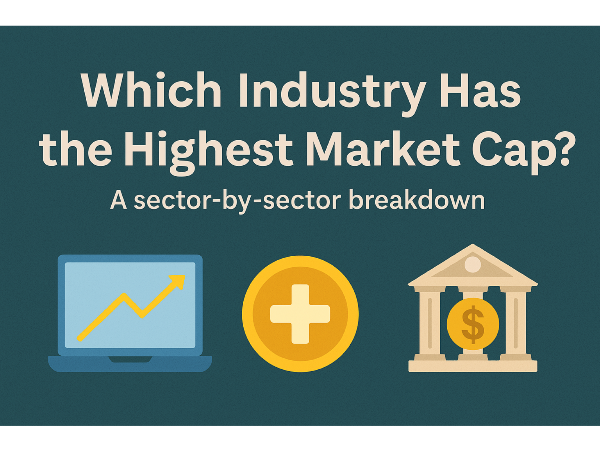
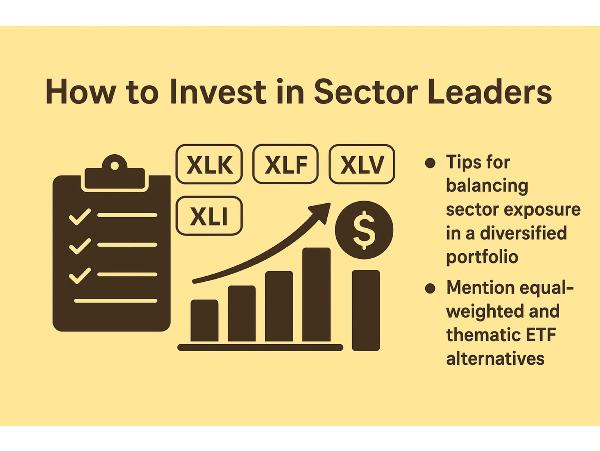

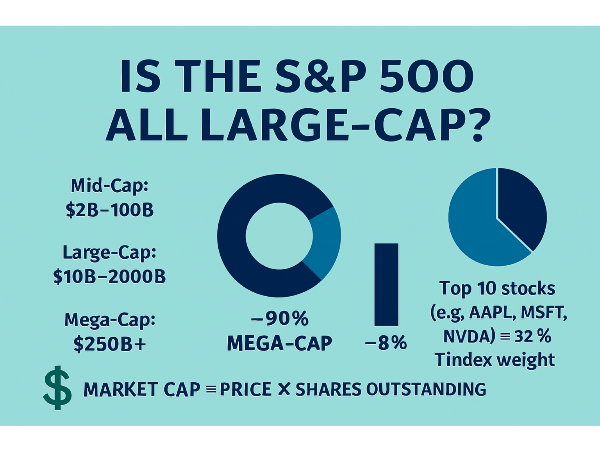
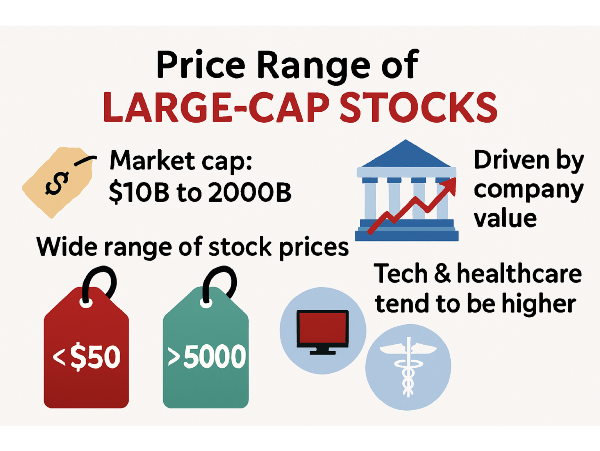
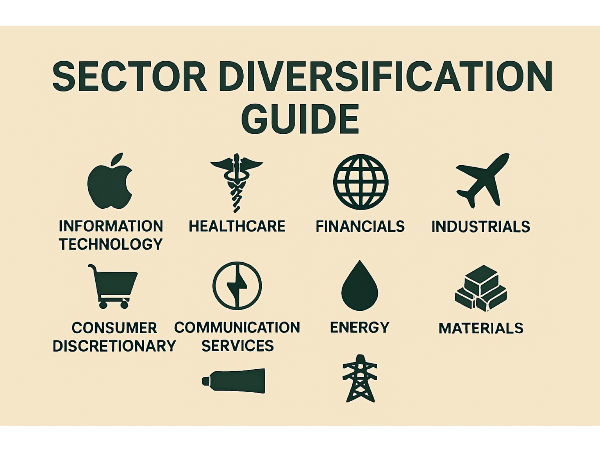
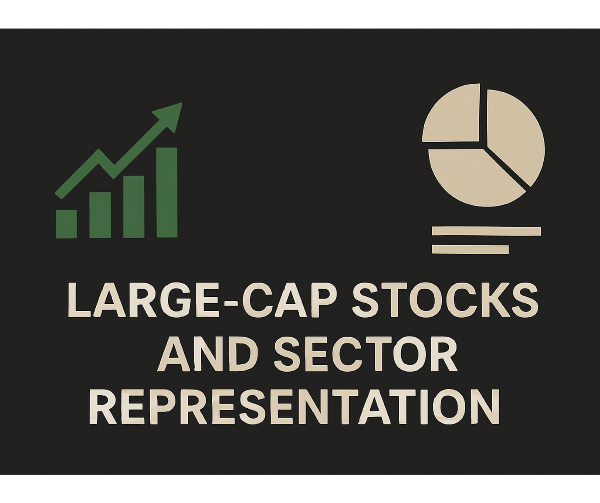
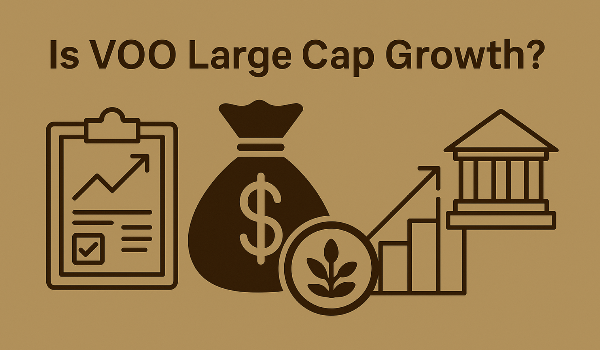
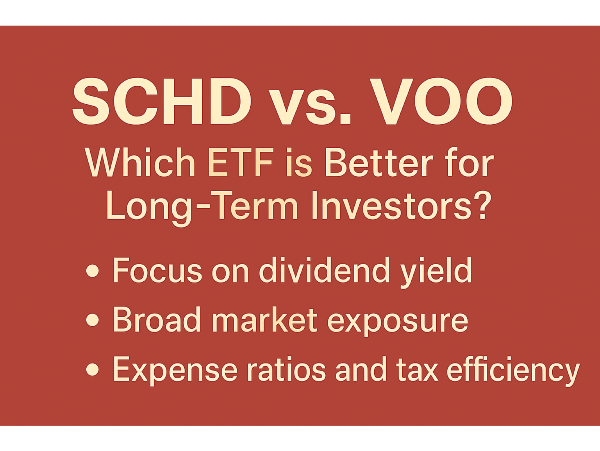














Why adding a single international ETF might be the easiest way to protect your portfolio from home bias
Top International ETFs to Hedge Against U.S. Market Concentration in 2025
Most portfolios are heavily tilted toward U.S. stocks, but that’s not always where global growth happens. Overexposure to a single country—especially one with towering tech valuations—can leave you vulnerable when the tide turns. Diversifying internationally isn’t just about chasing returns abroad; it’s a strategy to protect what you’ve already built. A solid international large-cap ETF offers exposure to stable, developed markets, reducing risk while keeping things simple.
In this guide, we’ll cut through the noise and help you choose one ETF that gives you true global reach without overcomplicating your portfolio. If you're looking for low-cost, no-fuss diversification beyond U.S. borders, you're in the right place. Let’s make international investing easy.
Top Traits of the Best International Large Cap ETFs for 2025
When evaluating international large-cap ETFs, the first thing to check is the expense ratio. A low-cost fund like Vanguard FTSE Developed Markets ETF VEA keeps more of your returns working for you. With an expense ratio of just 0.05%, it’s a favorite among long-term investors who want global exposure without the drag of high fees. But cost alone isn’t enough. The best ETFs also offer broad coverage of developed markets—think Europe, Japan, and Australia—without overconcentration in any single region.
You want a fund that trades easily and mirrors its benchmark closely. iShares Core MSCI EAFE ETF IEFA is a strong contender here, offering tight bid-ask spreads and solid volume. It tracks the MSCI EAFE Index, which excludes U.S. and Canadian stocks, giving you clean international exposure.
For a deeper dive into ETF selection, check out the Animal Spirits Podcast. In their episode “The Case for International Stocks in 2025,” they discuss why global diversification is back in focus. “You don’t need to overthink it—just own the world,” says co-host Michael Batnick at 12:47 ⏱️. The episode also highlights how international valuations are historically attractive right now.
Another great listen is the Bogleheads on Investing podcast. Their episode “Global Indexing Made Simple” breaks down how a single ETF can cover thousands of companies across continents. At 18:22 ⏱️, guest Rick Ferri notes, “The fewer moving parts, the better. One global fund can do the job of ten.” This simplicity is what makes international large-cap ETFs so appealing.
Sources:
Why Vanguard’s VEA May Be the Only International ETF You’ll Ever Need
The Vanguard FTSE Developed Markets ETF VEA is a global workhorse. It tracks the FTSE Developed All Cap ex U.S. Index, giving you exposure to nearly 4,000 stocks across Europe, the Pacific, and Canada. That includes household names like Nestlé, Toyota, and ASML—companies with global footprints and resilient earnings.
With a razor-thin expense ratio of 0.03%, VEA is one of the most cost-effective ways to diversify beyond U.S. borders. It’s also massive, with over $150 billion in assets, which means strong liquidity and tight spreads for everyday investors. Sector-wise, VEA leans into financials, industrials, and healthcare, with a healthy dose of consumer and tech exposure.
For a deeper look at why VEA fits the “set it and forget it” mold, tune into the BiggerPockets Money Podcast. In their episode “Lazy Portfolios That Actually Work,” co-host Mindy Jensen highlights VEA at 22:10 ⏱️: “It’s the kind of fund you buy once and don’t have to babysit.” The episode also explores how international ETFs can smooth out U.S. market volatility.
Another great listen is the Rational Reminder Podcast. Their episode “Global Diversification Without the Headache” features Ben Felix explaining at 14:35 ⏱️: “VEA gives you the developed world in one clean package. No overlap, no guesswork.” That’s the appeal—VEA is simple, broad, and built for the long haul.
Sources:
Two Strong Alternatives to VEA for International Exposure in 2025
If Vanguard’s VEA doesn’t quite fit your strategy, two other contenders deserve a close look: iShares Core MSCI EAFE ETF IEFA and Schwab International Equity ETF SCHF. Both offer broad exposure to developed markets outside the U.S. and Canada, but with subtle differences that might better align with your goals.
IEFA tracks the MSCI EAFE IMI Index, which includes small-, mid-, and large-cap stocks across Europe, Australasia, and the Far East. It comes with a low 0.07% expense ratio. SCHF, on the other hand, tracks the FTSE Developed ex US Index and charges just 0.06%. It’s a bit more streamlined, focusing on large- and mid-cap companies.
To hear how these ETFs stack up in real-world portfolios, check out the ChooseFI Podcast. In their episode “Building a Global Portfolio That Lasts,” Brad Barrett explains at 16:42 ⏱️: “IEFA gives you the full spectrum of developed markets, including small caps, which can boost long-term returns.” The episode also explores how these ETFs complement U.S.-centric holdings.
Another great resource is the Money Guy Show. In “ETF Investing for Global Growth,” Brian Preston highlights SCHF at 11:58 ⏱️: “It’s low-cost, tax-efficient, and plays well with a U.S. core.” The takeaway? Both funds are solid, and the right choice depends on how much complexity you’re willing to manage.
Sources
How to Fit an International ETF into a U.S.-Heavy Portfolio
Most U.S. investors are overexposed to domestic stocks, often holding 80–90% in U.S. equities. A more globally balanced approach might allocate 10–40% to international large-cap ETFs, depending on your risk tolerance and time horizon. For many, 20–30% hits the sweet spot: enough to diversify without overcomplicating things.
International ETFs like Vanguard’s VEA or Schwab’s SCHF complement U.S.-centric portfolios by reducing correlation. When U.S. markets stumble, international markets—especially in Europe and Asia—may hold steadier or even outperform. This diversification can smooth out returns over time and reduce portfolio volatility.
For tax efficiency, consider holding international ETFs in tax-advantaged accounts like IRAs or 401(k)s. This helps you avoid foreign dividend withholding taxes, which can eat into returns. If you do hold them in a taxable account, look for ETFs that qualify for the foreign tax credit.
The Bogleheads Live Podcast episode “Tax-Efficient Fund Placement” breaks this down at 19:03 ⏱️: “International funds can be tax-smart if you know where to park them.” Another great listen is the White Coat Investor Podcast, where in “Asset Location for Maximum Return,” Dr. Dahle notes at 13:47 ⏱️: “Tax location matters more than most investors realize—especially with international dividends.”
Sources:
Final Thoughts
When it comes to building a resilient portfolio, simplicity often wins—and a strong international large-cap ETF can quietly do a lot of heavy lifting. Whether you lean toward Vanguard’s VEA or explore solid alternatives like IEFA or SCHF, each offers a low-cost, hassle-free way to reduce your home-country bias and gain exposure to well-established global markets. You don’t need to micromanage or chase performance. Just choose one that fits your goals, place it in the right account, and let the rest take care of itself. In a world that’s more interconnected than ever, having a stake beyond U.S. borders isn’t just smart—it’s common sense. Global diversification made easy, just how it should be.
Podcast Transcripts 🎧
1. Animal Spirits Podcast – “The Case for International Stocks in 2025”
Hosts: Michael Batnick and Ben Carlson
Summary: This episode explores the renewed interest in international equities, citing valuation gaps and diversification benefits. Michael Batnick notes at 12:47 ⏱️, “You don’t need to overthink it—just own the world.”
Transcript for show notes and summaries.
2. Bogleheads on Investing – “Global Indexing Made Simple”
Host: Rick Ferri
Summary: Rick Ferri discusses how a single global ETF can offer exposure to thousands of companies. At 18:22 ⏱️, he says, “The fewer moving parts, the better. One global fund can do the job of ten.” Transcript can be found on the Bogle Center podcast page.
3. BiggerPockets Money Podcast – “Lazy Portfolios That Actually Work”
Hosts: Mindy Jensen and Scott Trench
Summary: This episode highlights simple, diversified portfolios. At 22:10 ⏱️, Mindy Jensen says, “It’s the kind of fund you buy once and don’t have to babysit.”
Transcript Available on the BiggerPockets transcript directory.
4. Rational Reminder Podcast – “Global Diversification Without the Headache”
Hosts: Ben Felix and Cameron Passmore
Summary: The episode emphasizes the efficiency of global ETFs. At 14:35 ⏱️, Ben Felix states, “VEA gives you the developed world in one clean package. No overlap, no guesswork.”
Transcript Available on the Rational Reminder website.
5. ChooseFI Podcast – “Building a Global Portfolio That Lasts”
Hosts: Brad Barrett and Jonathan Mendonsa
Summary: Brad Barrett discusses IEFA at 16:42 ⏱️: “IEFA gives you the full spectrum of developed markets, including small caps, which can boost long-term returns.”
Transcript Available on Musixmatch.
6. Money Guy Show – “ETF Investing for Global Growth”
Hosts: Brian Preston and Bo Hanson
Summary: Brian Preston highlights SCHF at 11:58 ⏱️: “It’s low-cost, tax-efficient, and plays well with a U.S. core.”
Transcript Available on the Money Guy Show website.
7. Bogleheads Live Podcast – “Tax-Efficient Fund Placement”
Host: Jon Luskin
Summary: This episode explains how to optimize fund placement for tax efficiency. At 19:03 ⏱️, the host notes, “International funds can be tax-smart if you know where to park them.”
Transcript Available on Bogleheads.org.
8. White Coat Investor Podcast – “Asset Location for Maximum Return”
Host: Dr. Jim Dahle
Summary: Dr. Dahle emphasizes tax-smart investing. At 13:47 ⏱️, he says, “Tax location matters more than most investors realize—especially with international dividends.”
Transcript Available on the White Coat Investor website.
📌Read More About:
Top Large Cap Stocks- https://stockbossup.com/pages/topics/large-cap
What Are Large US Cap Stocks?- https://stockbossup.com/pages/post/39168/what-are-large-cap-stocks-a-complete-guide-to-big-companies-in-the-u-s-market
Top Companies by Market Cap in 2025: Who’s Leading and Why It Matters- https://stockbossup.com/pages/post/39259/top-companies-by-market-cap-in-2025-who-s-leading-and-why-it-matters
International Large Cap Stocks: How to Invest Globally- https://stockbossup.com/pages/post/39262/international-large-cap-stocks-how-to-invest-globally
Are Large Cap ETFs a Good Investment?- https://stockbossup.com/pages/post/38749/are-large-cap-et-fs-a-good-investment
What is the Best Large Cap Value ETF?- https://stockbossup.com/pages/post/38636/what-is-the-best-large-cap-value-etf
Best Large-Cap International ETFs for Global Diversification in 2025- https://stockbossup.com/pages/post/39263/best-large-cap-international-et-fs-for-global-diversification-in-2025